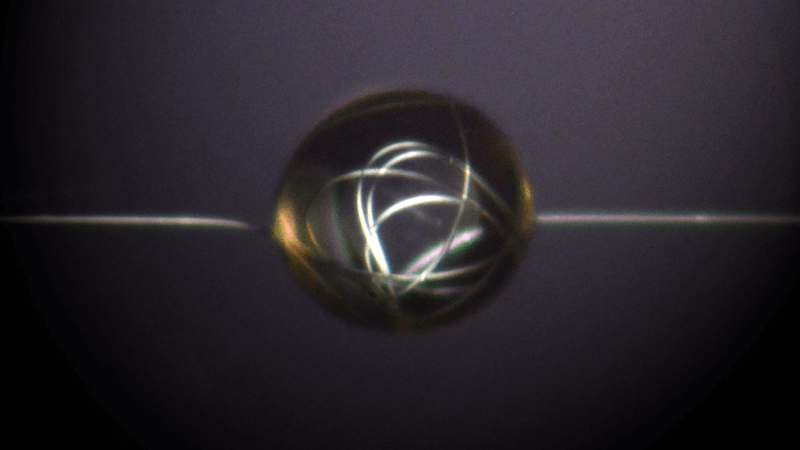- Get link
- X
- Other Apps

Scientists for many years, did not give rest to the question: why the web does not sag after it is very much stretched and weakened again? Many researchers have tried to recreate the material with similar properties in the laboratory, but no one did it. And now, finally, scientists from the University of Oxford managed to solve the riddle of the spider networks. Moreover, they even managed to develop fibers that resemble cobwebs in their properties.
The secret of the unusual properties of the web is that its threads are covered with tiny droplets of watery glue, playing the role of "reeling reels". They constantly tighten the web, providing it with the necessary tension and elasticity. Having thoroughly researched this mechanism, scientists from Oxford and the University of Marie Curie applied it in the laboratory and created a synthetic web. In the video below you can see how a thin plastic thread is twisted with a tiny drop of oil and just as quickly unwinds while remaining stretched along its entire length.
The head of the research team, Dr. Herve Elettro, argues that the synthetic web, which scientists call “liquid wires” among themselves, will find the widest application in various fields. For example, the web can be used to create reversible micromotors, as well as various elastic systems. Fibers of this web can be made from almost any material, which makes its production very affordable.
The article is based on materials .
- Get link
- X
- Other Apps
Comments
Post a Comment